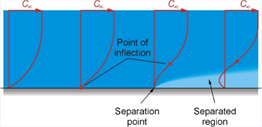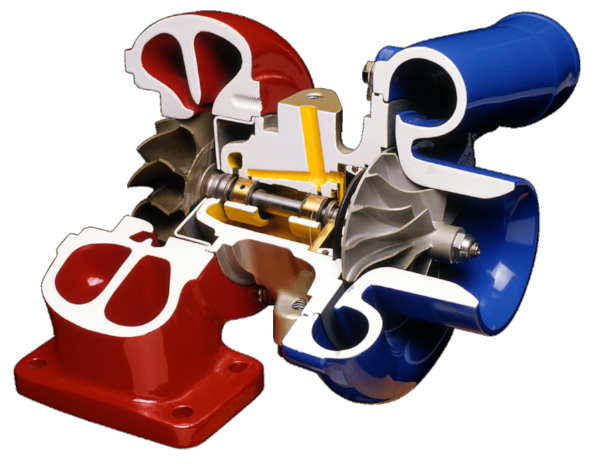Flow range is an essential consideration in the design of any centrifugal compressor system, regardless of the application. Adequate flow range is necessary, not only to assure that various off-design operating conditions are reachable, but that companion efficiency goals at off-design points are favorable. For many applications, these off-design points are located at the extremities of the compressor map (near choke or stall). In addition, it is not enough just to reach these off-design points; additional flow margin is needed to ensure surge control equipment can protect compressors from system surge events, including design uncertainties, manufacturing and assembly tolerances, as well as unexpected operating conditions.
For many applications, adequate flow margins can be achieved for fixed geometry compressor components by following well-established design practices, based on experience and feedback from the test stand, selecting appropriate impeller design parameters and diffuser types, and more recently, use of CFD combined with optimization software tools. However, for several significant application sectors, fixed geometry components are not adequate to meet the increasingly diverse operating conditions. The problem is compounded when combined with the simultaneous demands for both higher compressor stage pressure ratios and efficiencies.
In the refrigeration compressor market, the use of actively controlled Inlet Guide Vanes (IGVs) has enabled manufacturers to reach low cooling load points with adequate compressor efficiencies and system performance (COP) levels. However, new application needs and the use of new refrigerants with a greater proportion of operating time at low load conditions, are requiring enhanced performance (efficiency) needs, not only at low load conditions, but also at high load conditions. How is this accomplished, while addressing other trade-off factors, such as managing acquisition and lifetime costs? Some manufacturers have combined actively controlling both IGVs and vaned diffusers. It is important to note that there are negative trade-offs regarding costs and maintenance. Peak load pressure ratios are continuing to increase, making it more difficult to reach operating conditions while enhancing stage efficiencies further.
In the automotive turbocharger (TC) field, the wide flow range challenges are even greater. This is due to the increasingly stringent emission legislation, combined with the industry need for low costs and compact TC systems. The growing emissions demands have forced manufactures to downsize engines, and use greater levels of Exhaust Gas Recirculation (EGR). The higher EGR levels push compressor flow rates even lower at intermediate pressure ratios, thereby requiring even more flow range. The industry has routinely used low-cost passive casing treatment approaches to provide adequate means for reaching low flow operating conditions with reasonable efficiencies. The growing emissions requirements are pushing up peak power pressure ratios along with even higher enhanced stage efficiencies. This is all happening whilst also requiring enhanced stage efficiencies at peak torque and idle conditions. One approach being explored is to use a combination of actively controlled IGVs and vaned diffusers, similar to the refrigeration sector. This approach entails the significant disadvantages for the automotive TC market of increased costs and greater TC footprint. Other ideas have provided performance advantages with two stage compressor systems designed to meet the diverse pressure ratios and high and low flow performance requirements. Again, these methods add costs and a larger footprint.
The consequences are clear; some compromises must be made in some of the myriad, but important, trade-off factors, in light of the increasingly tougher emissions requirements. One solution that offers modest increases in cost and footprint is to combine passive and actively controlled approaches. Concepts NREC has carried out recent SBIR research that shows encouragement for such combined passive and active control systems. We have also won additional SBIR funding to continue to explore this topic.





